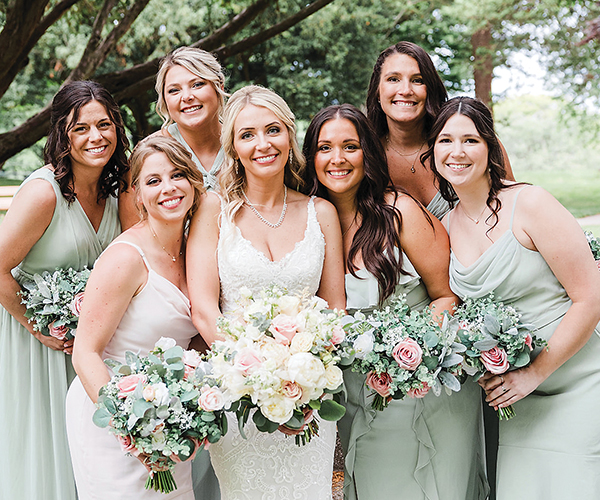4 Tidy Tips From A Marie Kondo Consultant
by Joscelyn Ervin | May. 15, 2019 | 12:00 PM

Tidying Up With Marie Kondo has become one of the most popular shows on Netflix. An expert organizer, Kondo goes to people’s homes and helps them, well, tidy up. But since she can’t make it to millions of eager homeowners, she’s hired and trained consultants with her methods. Clevelander Chris Beers, a KonMari consultant, started studying the method in 2017. “It showed me how you can organize every square inch of your entire home with your inner sense of what brings you joy as a guide,” he says. “And by the end, you’ve laid a whole new foundation for your life.” Here are four tips from Beers on how to tidy up your space.
Create a Vision. At the top of his list, Beers emphasizes having a good idea of what you want to accomplish before starting the process — map it out with a list or a vision board. “[You need] a clear vision of how you want your life to be. And then a very clear vision of how you want your home to be,” says Beers. “How do you want to feel in your life or in your home? And then get more specific.”Focus on Joy. Kondo’s organization method revolves around joy — so much so that you should throw anything out that doesn’t have you saying “yes” to the question, “Does this spark joy?” “That’s my favorite because that’s the one piece of advice that can benefit more people far beyond completing the home organizing process,” Beers says.
Try Different Storage Systems. Besides focusing on the major aspects of the KonMari method, Beers suggests keeping track of how you store your things during and after the organization process. “Pay extra attention to what storage systems are working and what is not,” Beers says, “Some things just need to be tested out.” The KonMari method suggests labeling containers and using drawer organizers where everything can be in your sight.
Break It Down. The KonMari method consists of five categories: clothing, books, paperwork, komono (or miscellaneous) and sentimental items. Beers suggests breaking down the larger projects into smaller ones.“Kitchen is a big category, but it can be broken down into four main categories as I see it,” says Beers. “There are cooking tools, eating tools, food and supplies. You do each one of these separately.”










